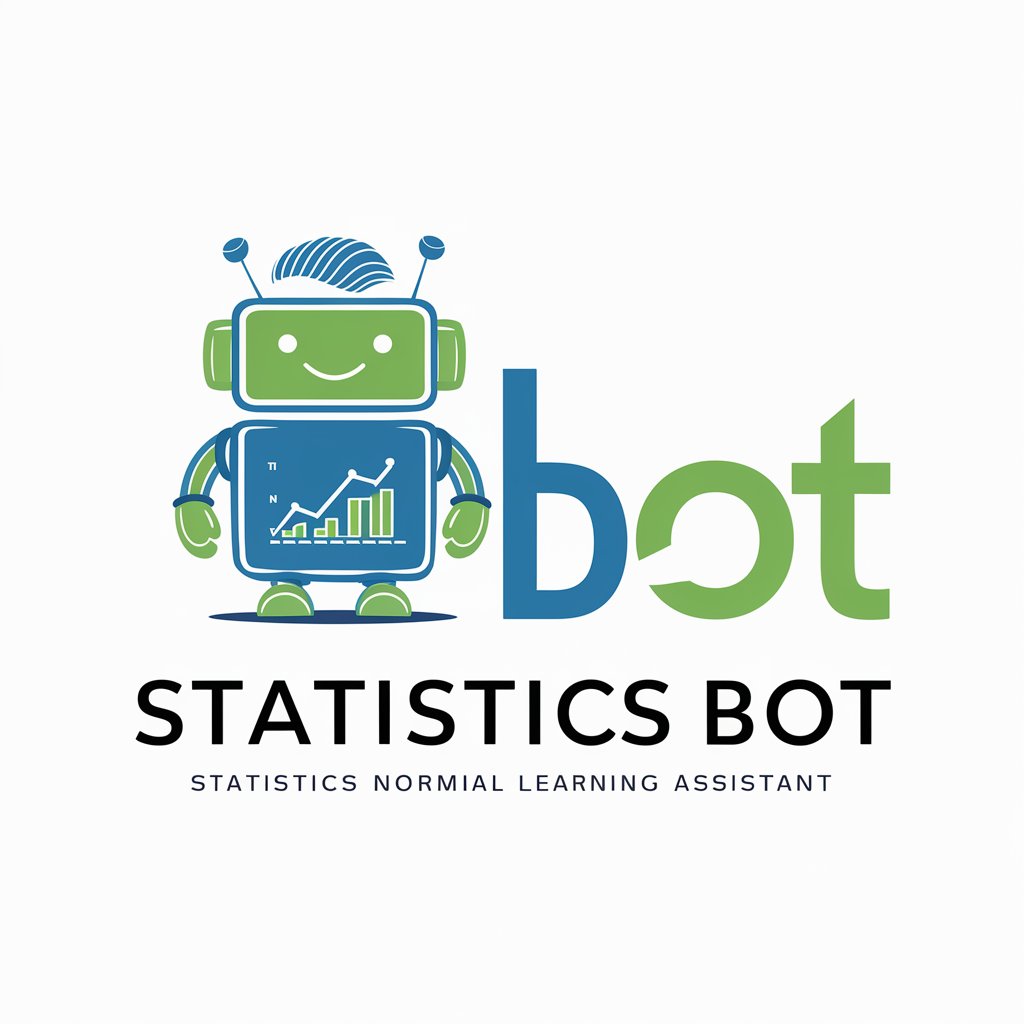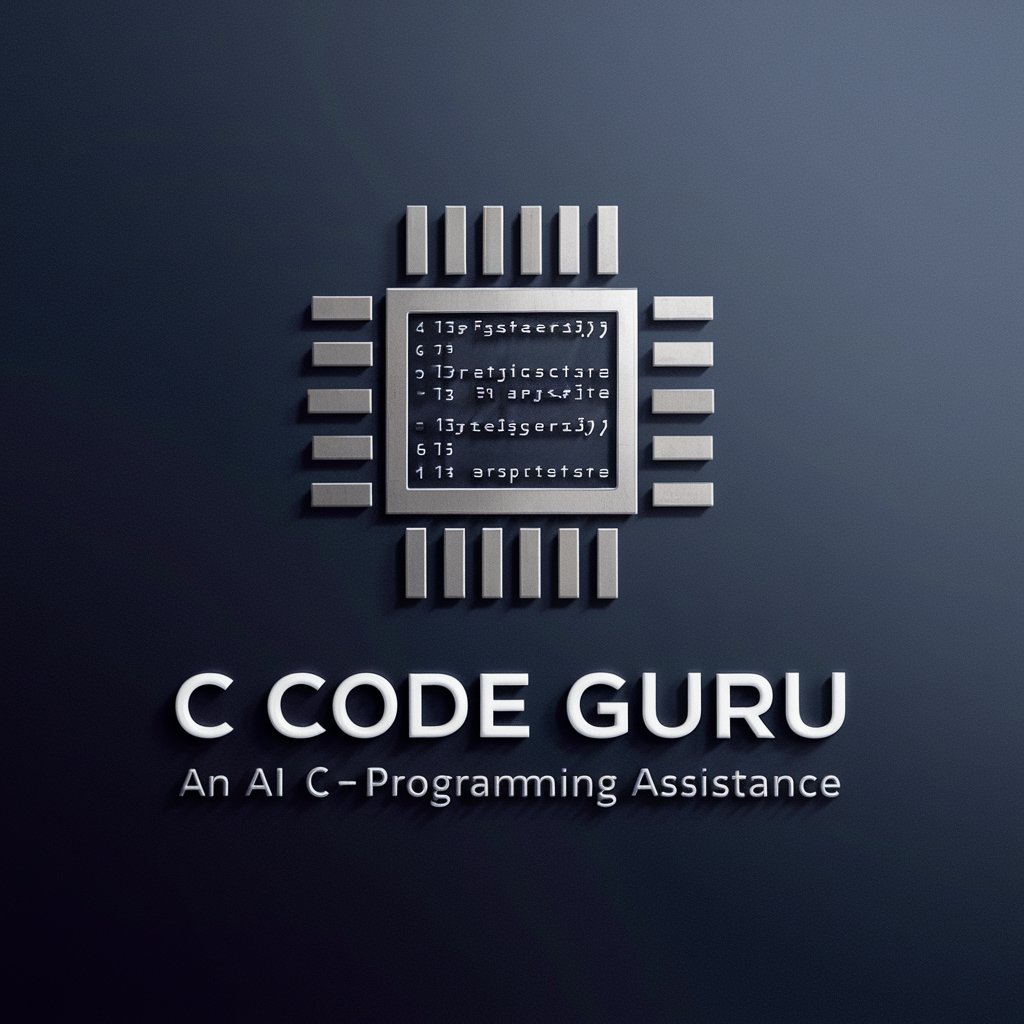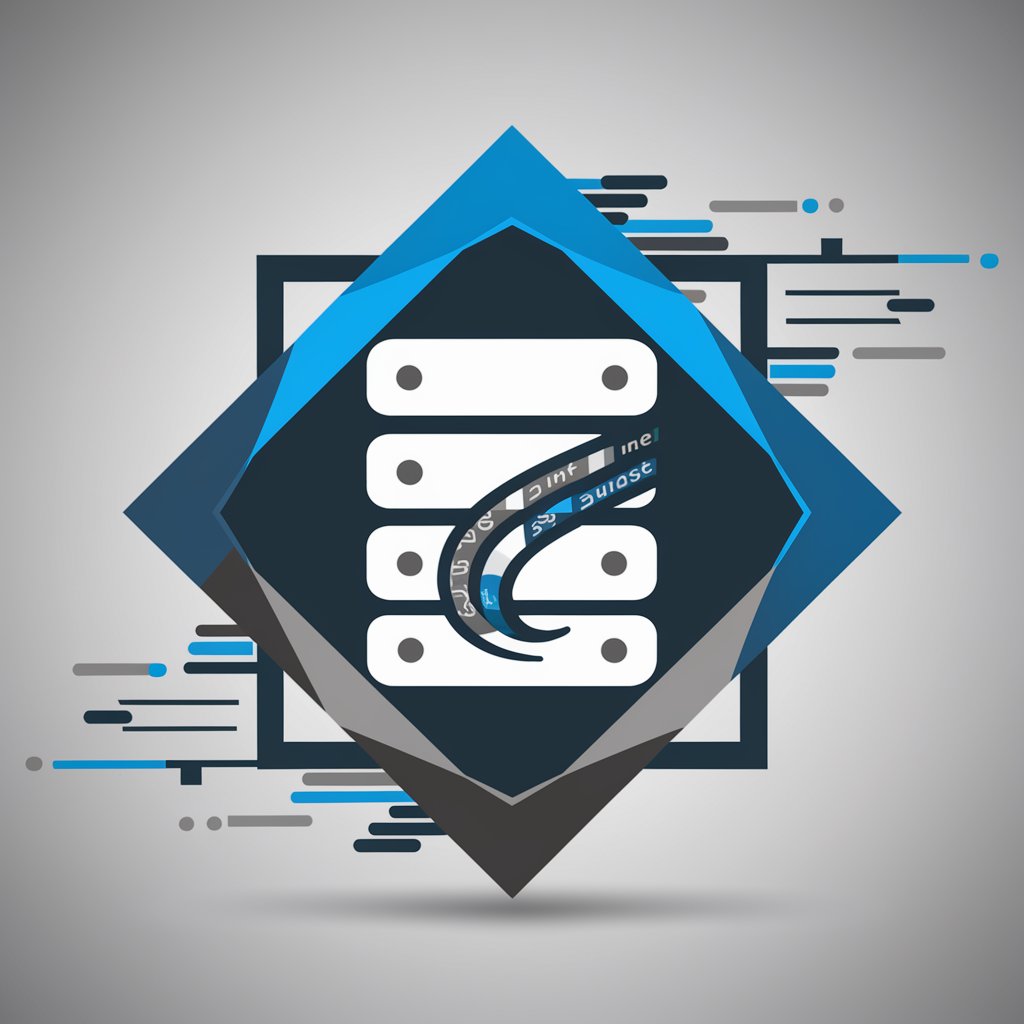
C Programming: Accelerating High-Frequency Trading - High-Speed Trading Development

Welcome to the world of ultra-fast trading algorithms!
Optimize trading with AI-powered C programming
What are the best practices for optimizing C code in high-frequency trading?
How can I implement a low-latency order execution algorithm in C?
What strategies can be used to manage risk in high-frequency trading?
Can you provide a C code snippet for processing real-time market data efficiently?
Get Embed Code
Introduction to C Programming for Accelerating High-Frequency Trading
C Programming: Accelerating High-Frequency Trading is designed to leverage the efficiency and speed of the C programming language to develop ultra-fast trading algorithms. These algorithms are capable of processing market data and executing trades at speeds measured in microseconds or even nanoseconds. The core design purpose is to minimize execution latency and optimize trading strategies in the volatile and competitive environment of financial markets. This involves the careful crafting of algorithms that can analyze large volumes of market data, make rapid trading decisions based on this analysis, and execute trades with minimal delay. Examples include optimized data structure implementations for quick access and manipulation of market data, real-time analytics to detect market trends, and direct market access (DMA) systems that reduce the path latency between the algorithm and the exchange servers. Powered by ChatGPT-4o。

Core Functions of C Programming for High-Frequency Trading
Low-latency Execution
Example
Using memory-mapped files and custom network protocols to reduce trade execution time.
Scenario
A trading firm needs to execute orders as quickly as possible to capitalize on small price movements. By implementing these low-latency techniques, the firm can significantly reduce the time between identifying an opportunity and executing the trade, thus gaining an edge over competitors.
Real-time Market Data Analysis
Example
Employing optimized algorithms for parsing and analyzing tick-level market data streams.
Scenario
To adapt to rapidly changing market conditions, a trading algorithm analyzes incoming market data in real time. This allows it to identify profitable trading opportunities based on price discrepancies or trends before the majority of market participants.
Risk Management
Example
Implementing dynamic risk assessment models that adjust to market volatility.
Scenario
In the face of high market volatility, the algorithm automatically adjusts its trading strategy to limit potential losses. This involves dynamically modifying position sizes and stop-loss orders based on real-time market conditions and volatility metrics.
Order Execution Optimization
Example
Utilizing advanced order types and execution algorithms to minimize market impact and slippage.
Scenario
For a large order, the algorithm strategically splits the order into smaller parts to be executed over time, using predictive models to minimize market impact and achieve better pricing, thereby protecting the order from adverse price movements.
Target User Groups for C Programming in High-Frequency Trading
Quantitative Trading Firms
These firms employ sophisticated mathematical models to identify trading opportunities. They benefit from high-frequency trading services by gaining the ability to execute large volumes of trades quickly, taking advantage of minute price differences that may exist only for fractions of a second.
Algorithmic Developers
Individuals or teams focused on developing and optimizing trading algorithms. They require in-depth knowledge of market dynamics, data analysis, and the technical aspects of algorithmic trading. Such users benefit from the services by leveraging detailed C programming techniques to enhance the speed and efficiency of their algorithms.
Proprietary Trading Desks
Trading desks within larger financial institutions or specialized prop trading firms that trade on the company's behalf. They benefit from high-frequency trading services by using ultra-fast algorithms to exploit short-term market inefficiencies, thereby generating significant returns from high-volume, low-margin trades.

Using C Programming for High-Frequency Trading
1
Start by visiting a dedicated platform offering a focused environment for high-frequency trading development, such as yeschat.ai, where a free trial is available without the need for login or a subscription.
2
Familiarize yourself with basic C programming concepts and financial market fundamentals. Having a strong foundation in both areas is crucial for developing efficient high-frequency trading algorithms.
3
Install necessary C development tools and libraries tailored for high-frequency trading. This includes compilers, debuggers, and specific libraries like QuickFIX for market data feed and order execution.
4
Begin coding by focusing on key aspects such as data handling, algorithmic strategy logic, and order execution. Prioritize writing optimized, low-latency code to achieve the best trading performance.
5
Test your algorithms extensively using backtesting frameworks and adjust your strategies based on performance metrics. Ensure to also consider risk management practices to safeguard against market volatility.
Try other advanced and practical GPTs
Future Me
Empower Your Future with AI-Powered Guidance

Academic Intellectual Persona
Elevate your writing with AI-powered sophistication.

📚 Ada Strong Typing Tutorial
Master Ada's strong typing with AI

Local Explorer Guide GPT
Explore Locally with AI-powered Insights

Article Generator for Medium
Effortlessly create AI-driven articles for Medium.

Statistics Bot
Empowering Your Statistical Learning with AI

Trading Journal
Automate your trade journaling with AI

And Scene!
Perfect your performance with AI

Digital Marketing
Empowering Marketing with AI

The Only Masterprompt You Need
Refine Queries with AI-Powered Precision

The Customer Expert
Elevate Customer Experience with AI

Challenger
Empowering Thought Through AI

Q&A on C Programming: Accelerating High-Frequency Trading
What are the key components of a high-frequency trading system in C?
The key components include real-time market data processing, trading strategy logic, order execution mechanisms, and risk management. Effective systems leverage optimized C code for minimal latency and high throughput.
How can one optimize C code for high-frequency trading?
Optimization can be achieved by focusing on low-level system details, using efficient data structures, minimizing I/O operations, leveraging parallel processing, and optimizing algorithmic strategies for quick decision-making.
What libraries are essential for developing high-frequency trading systems in C?
Libraries such as QuickFIX for FIX protocol messaging, Pthreads for multithreading, and high-performance networking libraries are essential. Additionally, mathematical libraries for fast calculations can be crucial.
How does backtesting work in the context of high-frequency trading?
Backtesting involves simulating trading strategies against historical data to evaluate performance. It's crucial for validating the effectiveness of algorithms, identifying potential issues, and optimizing strategy parameters.
What role does risk management play in high-frequency trading, and how is it implemented?
Risk management is vital to protect against excessive losses. It's implemented by setting limits on exposure, using stop-loss orders, and monitoring positions in real-time to make adjustments as market conditions change.





